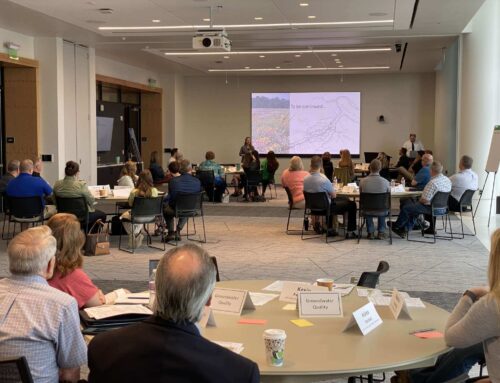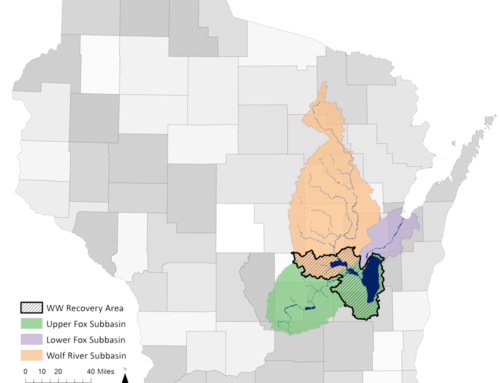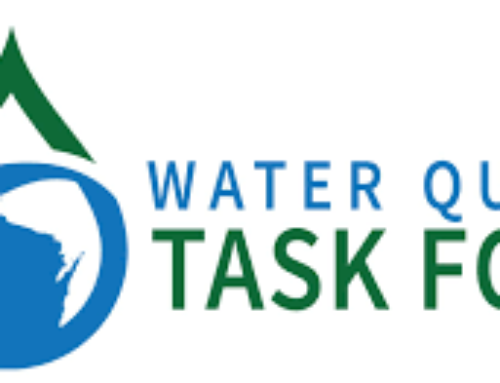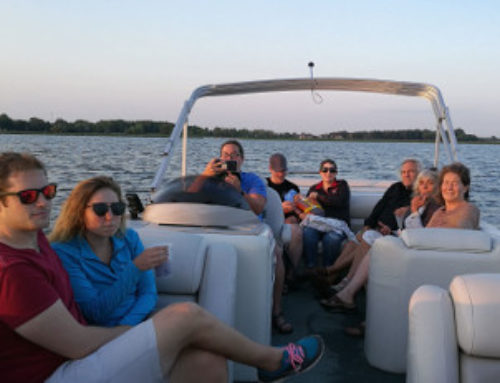Originally posted on 09.12.16 by CLEARAS Water Recovery

Media Contact:
Andy Gordon
Market Development Manager
agordon@clearaswater.com
303.746.7754b
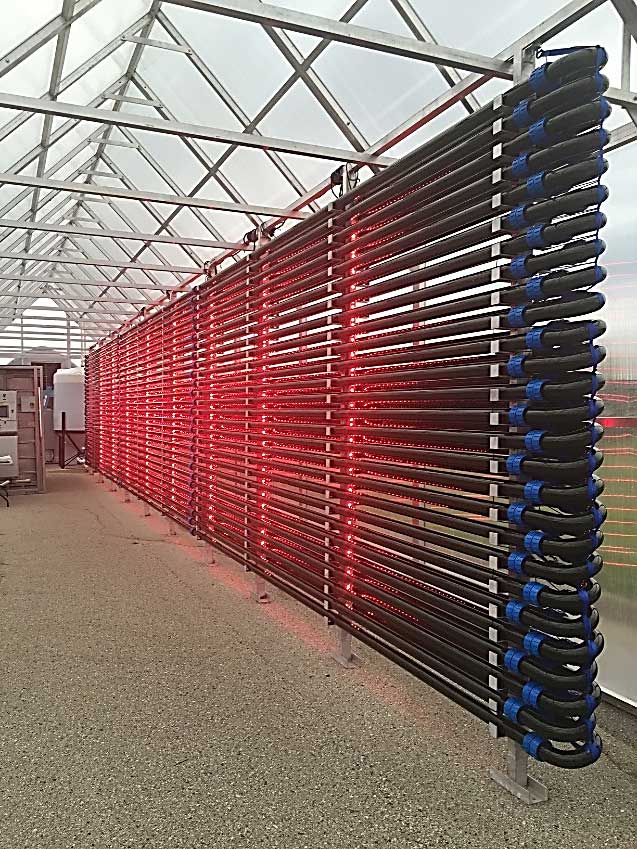


ABOUT CLEARAS WATER RECOVERY
ABOUT MULCAHY SHAW WATER
Mulcahy Corporation was founded by John T. Mulcahy in 1974. John represented a sampling & flow monitoring company, ISCO, out of Lincoln, Nebraska. John ran the company until 1992 when Tom Mulcahy became the Owner & President. Under Tom’s direction, Mulcahy Corporation has added personnel & manufacturing partners that have allowed the company to better meet the needs of the industry. Mulcahy Shaw Water has been serving clients, principals & distributors since 1974. We are driven to exceed expectations & build long-lasting relationships throughout our territory. Visit www.mulcahyshaw.com for more information.
ABOUT CITY OF FOND DU LAC WASTEWATER TREATMENT
The Fond du Lac Regional Wastewater Treatment Facility is located on Doty Street, on the south end of Lake Winnebago. This plant treats all of Fond du Lac’s wastewater along with that of neighboring communities, approximately 65,000 residents, to prepare the water for discharge into Lake Winnebago. Visit www.fdl.wi.gov for more information.

